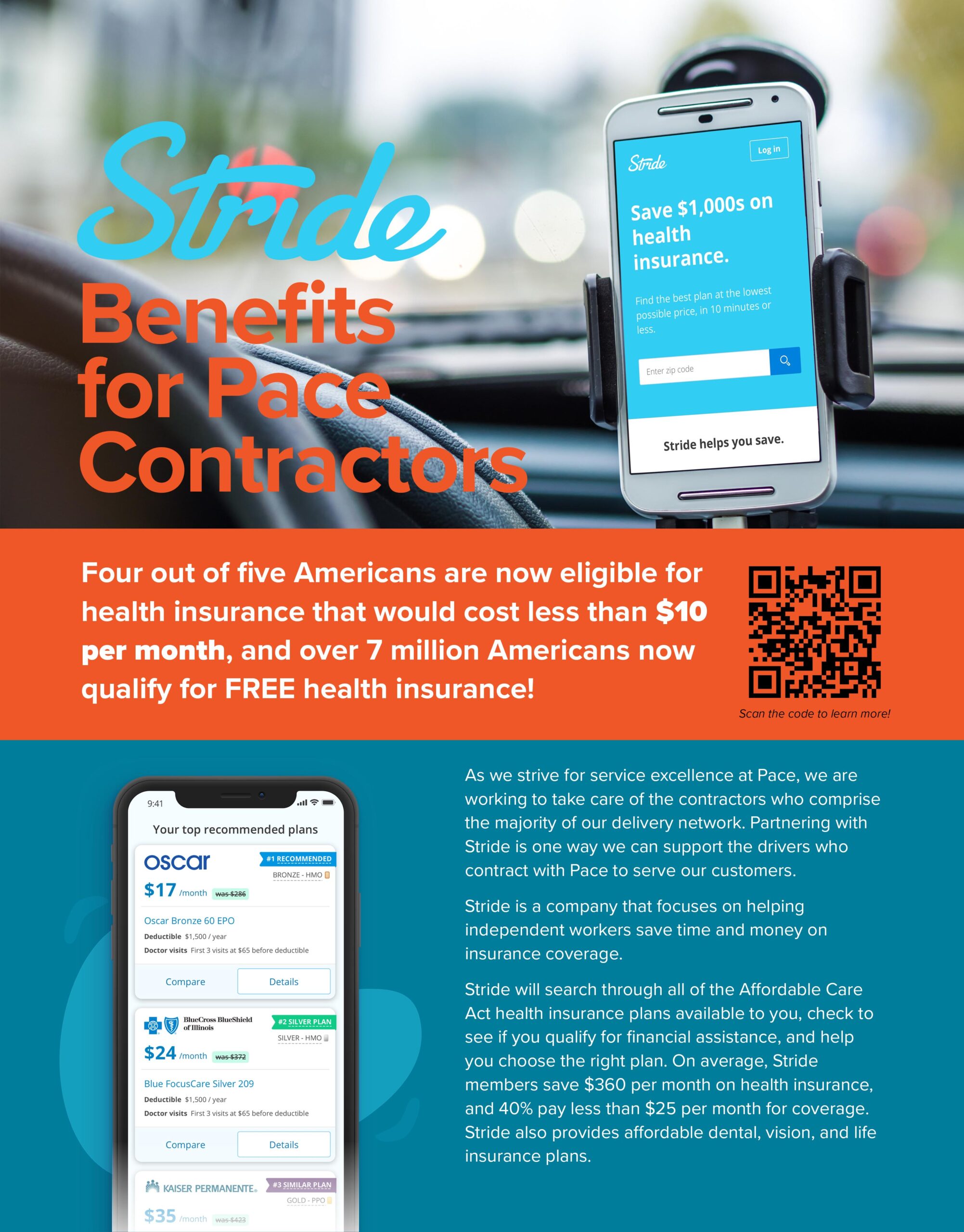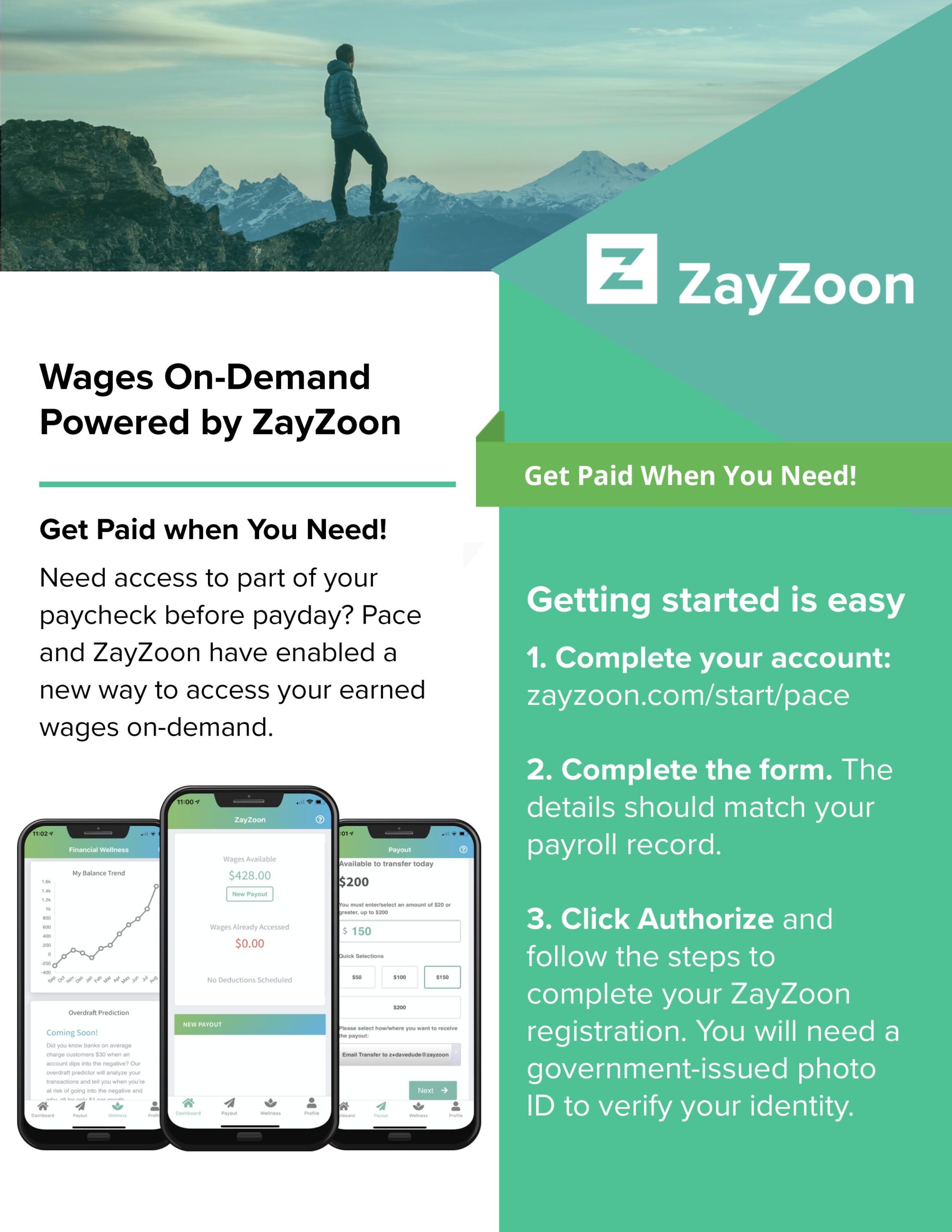
Solving Logistics Together – or collaborative logistics planning – is a passion of ours at Pace. Revisiting our passion and calibrating it to current market conditions makes sense, especially as we’re celebrating our 25-year anniversary as a preferred Logistics Service Provider (LSP) and seasoned regional carrier. In today’s market, we know we are in good company. Our peers are smart people doing logistics planning and executing those great plans. The adage “work smarter, not harder,” if practiced regularly, is always a good thing and often put into practice by the best in our industry.
Today’s supply chain is turbulent. The final mile, as a component of collaborative logistics planning, is very much in demand. Finding reliable final mile providers – and maintaining a strong pipeline of them for scenario planning – is key.
What are you looking for in a final mile partner? Do you want the basic package, such as warehouse or cross-dock, a driver, and a truck? Or would your business goals be more fully met with a more comprehensive solution?
Collaborative Logistics Planning
Quite a bit of literature is devoted to problem solving in a team approach. In many cases the approach is to utilize multi-disciplinary teams within the organization. Coupled with human collaboration, full-service supply chain management software – with its advanced technology, business intelligence, and data analytics – undoubtedly creates opportunities for better decision making and more positive logistical outcomes. But what about a team solutions-based approach that combines the best parts of collaboration with business intelligence and the proper use of data analytics to manage your outbound freight? Does working in alliance from the ground up with your final mile service provider produce better solutions?
Benefits of Collaborative Logistics Planning
Benefits of collaboration are well documented. Einstein even relied heavily on collaborations with two friends from his student days, Marcel Grossmann and Michele Besso, to develop his theory of relativity. Good teamwork for the most part generates better solutions and strategies. The total knowledge and experience put into problem solving and planning is enhanced when a diverse, multi-disciplinary team puts their heads together.
John J. Murphy, author of Pulling Together: 10 Rules for High-Performance Teamwork says that “everyone has unique gifts, talents, and skills. When we bring them to the table and share them for a common purpose, it can give companies a real competitive advantage.”
Scientific research reinforces the concept that many brains together are better than one. A researcher at the University of Illinois at Urbana-Champaign, Dr. Patrick Laughlin, says that “we found that groups in sizes of three, four, and five outperformed the best individuals. This performance is attributed to the ability of people to work together to generate and adopt correct responses, reject erroneous responses, and effectively process information.”
This curious concept follows the odd math behind the oft repeated equation that “1 +1=3.” Renowned advertising executive and author Dave Trott’s book titled One Plus One Equals Three speaks to creativity and the impact of tapping into the power of broad collaboration. “The more varied the input, the more unexpected the combinations, the more creative the ideas,” states Trott.
Research on Collaboration
Furthermore, research backs the thesis that collaborative problem-solving leads to better outcomes. The AMA 2012 Critical Skills Survey defined the skills necessary for effective collaboration:
- Critical thinking and problem solving—the ability to make decisions, solve problems, and act as appropriate.
- Effective communication—the ability to synthesize and transmit your ideas both in written and oral formats.
- Collaboration and team building—the ability to work effectively with others, including those from diverse groups and with opposing points of view.
- Creativity and innovation—the ability to see what’s NOT there and make something happen.
Collaboration Between Shippers and Final Mile Providers
Collaborative logistics planning between shippers and final mile providers can produce better results. It can also provide better security. A well-developed collaborative partnership can help to strengthen a vulnerable supply chain. As major macroeconomic factors such as the pandemic shutdowns, labor shortages, inflation, and increased consumer demand have stressed an already fragile supply chain to never before seen levels, it is more important than ever to develop mutually beneficial solutions with partners we trust.
Shippers and final mile providers who collaborate to find effective logistics strategies are stronger together. They can trust each other, assured that every member of the team is doing their part to get the job done. They can depend on one another to step in and help when needed, to solve unexpected problems, and work with each other to anticipate future needs and craft robust strategies to prepare for any contingency.
A shipper who is solving logistics together with their final mile transportation providers discovers the benefits of learning from each other. The shipper can see the process through the final mile provider’s eyes, and the final milers can listen and better understand the shipper’s goals, issues, and concerns. A synchronized plan is underway.
Successful collaborative problem-solving results from the melding of the varied skills and knowledge of each group member, generating a broader range of viewpoints and expertise to apply toward tackling the issue. The wider range of backgrounds and experiences between the shipper and carrier, the better. The broader the perspective, the more impactful the plan.
Listening skills and keeping an open mind are paramount toward arriving at better solutions and without a doubt can produce a stronger bond between shippers and final mile providers.
Strength Through Collaboration is a Competitive Advantage
In a fragile business climate, strength is a competitive advantage. Strength generates continuous gains over time. A strong company, fortified with strong partnerships, is protected against competitors, market forces, and a world of uncertainties. The customer is confident that the company can reliably provide goods and services. A stable customer base reinforces the company’s cash flow, allowing it to continue improving operations, and repeating the cycle.
The advantages of effective and collaborative planning are many, but the reality is that collaboration isn’t just nice – it’s necessary. As our friend Albert has demonstrated, no single person or organization can solve every problem on their own. Even the most brilliant minds in the world work better when they work together.











